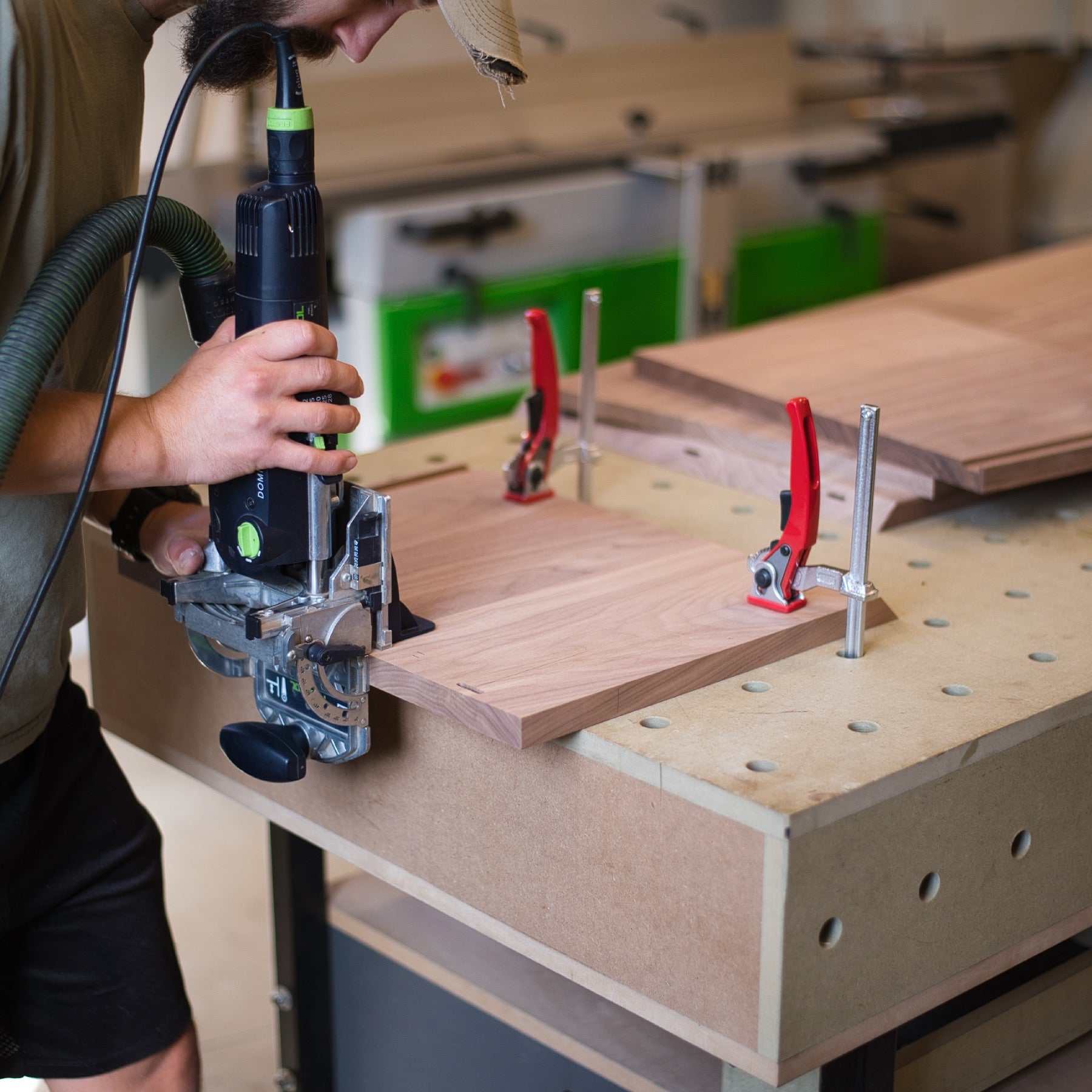
Navigating the World of Handcrafted Furniture vs. Mass-Produced
In our modern, fast-paced society, where mass production dominates numerous sectors, it's a breath of fresh air and a mark of elegance to find bespoke furniture that echo our unique style and individuality. The choices we make can significantly impact the aesthetics and functionality of our living spaces.
In the world of interior design, furniture is not just a functional necessity, but also a reflection of our personal style and values. The choice between mass-produced and handcrafted furniture often leaves us in a quandary. In this article we will aim to explore this topic in depth, highlighting the unique attributes, advantages, and potential drawbacks of both types of furniture.

Factors to Consider when Choosing Furniture
When it comes to furniture, there are two distinct options available: mass-produced furniture and bespoke handmade furniture. Each type has its own set of characteristics, benefits and drawbacks, making the choice between them highly dependent on personal preferences, needs and budget constraints.
Understanding the difference between mass-produced and handmade furniture can help design-savvy shoppers make an informed decision that truly elevates their living spaces. Whether you value affordability and convenience or uniqueness and longevity, there's a furniture option out there that perfectly suits your needs and preferences.
In an era where individuality and sustainability are highly valued, there's a growing inclination towards handcrafted, bespoke furniture. These pieces not only offer uniqueness and quality, but also align with ethical consumerism. So, let's delve deeper into understanding why handcrafted furniture could be a more fitting choice.

Mass-Produced Furniture
The production process of mass-produced furniture involves the use of automated processes to manufacture large quantities of furniture. These processes include the cutting, shaping and assembling of components using automated assembly lines and computer-controlled cutting machines. This allows for a faster production rate, resulting in lower labor costs compared to handmade bespoke furniture.
One of the major benefits of buying mass-produced furniture is its affordability. Since these pieces are manufactured in bulk, the cost per unit is often lower compared to handcrafted furniture. This makes mass-produced pieces a more accessible option for consumers on a tight budget.
However, there are drawbacks to buying mass-produced. One major drawback is the lack of uniqueness. Since these pieces are replicated in large quantities, they lack the individuality and character associated with handcrafted furniture. Mass-produced furniture tends to have a generic, uniform aesthetic, which may not appeal to those seeking a one-of-a-kind piece of design.
Additionally, mass-produced furniture often falls short in terms of durability and quality compared to furniture that has been handmade to order. The manufacturing processes used in mass production can result in lower quality materials being used, leading to furniture that may not withstand heavy use, or last as long as handcrafted counterparts. This can be a huge disadvantage for those looking for furniture that will stand the test of time.
The Allure of Bespoke and Handmade Furniture
On the other hand, bespoke furniture represents the pinnacle of craftsmanship. The allure of handmade furniture lies not only in the craftsmanship involved in creating each piece, but also in its customisability. Unlike mass-produced items, these pieces are meticulously crafted by skilled artisans to meet specific customer specifications. Each piece of furniture is unique, reflecting not just the heart and soul of the artisan who created it, but also the personal taste and style of the customer for whom it was made.

The attention to detail found in these handmade pieces is unparalleled, making each piece a standout addition to any room. The ability to customise these pieces allows customers to have furniture that fits perfectly into their space and matches their decor, making each piece truly their own.
However, purchasing handcrafted furniture comes with its own set of considerations. On one hand, bespoke furniture represents the pinnacle of craftsmanship. These pieces are not only unique but also incredibly durable, designed to last for generations. The meticulous crafting process by skilled artisans results in a piece of furniture that exudes unmatched beauty and character.
On the other hand, this quality and attention to detail come at a higher cost. Bespoke furniture is a significant investment due to the time, effort and skill required to create each piece. Despite the cost, many find the unique qualities, longevity and the ability to customise handmade furniture to be worth the investment.
Key Differences: Quality, Design, and Durability
When comparing bespoke handmade furniture to mass-produced furniture pieces, several factors come into play. In terms of quality, bespoke and handmade furniture wins hands down. Handcrafted pieces undergo meticulous quality checks throughout the entire creation process, ensuring that each element is flawlessly executed. Whereas mass-produced furniture often relies on assembly lines and automated processes, which may result in inconsistencies and compromises.
Design plays a crucial role in furniture selection. With bespoke furniture, customers can collaborate with artisans and explore custom designs that perfectly align with their vision. The possibilities are endless, allowing individuals to express their creativity and bring their unique ideas to life. In contrast, mass-produced furniture typically follows standardised designs that cater to a wider audience, limiting individual expression and personalisation.

Durability is another aspect where bespoke handmade furniture shines. Crafted with precision and superior materials, these pieces are built to stand the test of time. On the other hand, mass-produced furniture may compromise on durability to meet price constraints.
Environmental Impact
The environmental footprint of mass-produced furniture production is an escalating concern. This type of furniture tends to produce a larger carbon footprint due to extensive manufacturing processes and lengthy transportation routes. Handmade and bespoke wooden furniture inherently embraces sustainability. Artisans tend to use responsibly sourced timbers, prioritise renewable resources and minimise waste, aligning with eco-friendly values.
In terms of environmental impact, mass-produced furniture does have some drawbacks. The production processes involved generate a significant amount of waste and consume large amounts of energy and resources. When considering the purchase of mass-produced furniture, it is important to weigh the affordability and availability against the lack of uniqueness, lower build quality and the impact to our environment.
Bespoke furniture designs aim for a better way of living, manufactured in smaller quantities in forward-thinking, zero-waste and often carbon-conscious workshops. Artisans and small business owners understand their role as a furniture producer goes beyond just creating products - they aim to manufacture furniture that will stand the test of time. Continuously striving for excellence, these makers are dedicated to improving the quality of the furniture they produce and are always exploring sustainable options for materials and finishes. Not to mention that for every handmade piece of bespoke furniture produced, KODA will plant a tree in an area affected by severe deforestation.

Fair Wages - Backing Artisans and Makers
The socio-economic repercussions of furniture production are significant. Mass produced industrial furniture often emphasises cost-effectiveness, which could result in lower wages for labourers. In contrast, handmade wooden furniture supports artisans who earn a fair wage based on their skills and expertise. By opting for handmade items, we aid in preserving traditional skills, bolstering local economies, and strengthening communities and our high streets.

Socio-Economic Effects - Local vs. International
Industrial furniture is frequently linked with international supply chains, procuring materials and components from various regions. While this global approach allows for affordability, it may alienate consumers from the local community and traditional craftsmanship. In contrast, handmade wooden furniture often champions local sourcing and production. By backing local artisans, we contribute to the conservation of cultural heritage, promote sustainable livelihoods, and establish a closer connection to the origin of our furniture.
In a time where the trend among furniture brands is to outsource production abroad, KODA remains determined and committed to keeping all manufacture within our own UK based workshop. Where most of the production of our bespoke furniture is done by hand.
Which Furniture Type Should I Choose?
While mass-produced furniture offers affordability and convenience, bespoke handmade furniture captures the essence of individuality and craftsmanship. Design-savvy individuals seeking unique and timeless pieces should consider investing in bespoke handmade furniture. By doing so, they not only elevate the aesthetics of their living spaces but also support the preservation of their community and the traditional craftsmanship and artistry of bespoke furniture making.

Mass Produced vs Handcrafted Furniture Commonly Asked Questions:
What makes bespoke handmade furniture stand out from mass-produced furniture?
Bespoke handmade furniture stands out due to its meticulous craftsmanship, attention to detail, and the ability to customise designs according to individual preferences.
Why is mass-produced furniture more affordable than bespoke handmade furniture?
Mass-produced furniture is more affordable because it is produced in large quantities, which reduces production costs. Additionally, manufacturers often use less expensive materials and automated processes to achieve cost-effectiveness.
How does the durability of bespoke handmade furniture differ from mass-produced furniture?
Due to its superior craftsmanship and the use of higher quality materials, bespoke handmade furniture tends to be more durable than mass-produced furniture. Mass-produced furniture may sacrifice durability for affordability.
How can you tell if furniture is handmade?
There are several characteristics that set handmade furniture apart from mass-produced furniture. These include:
- Unique design and craftsmanship: As mentioned, handmade furniture is unique, with no two pieces being exactly the same. This is because each piece is crafted by hand using traditional techniques, rather than being mass-produced in a factory.
- High-quality materials: Handmade furniture often uses high-quality materials such as solid wood, natural fabrics, and genuine leather. These materials are carefully selected and can be more expensive, but they also ensure durability and longevity.
- Attention to detail: Handmade furniture is crafted with great attention to detail. You will notice intricate designs, hand-carvings, and polished finishes that add character and charm to the piece.
Is KODA furniture handmade?
Yes, all of our pieces are hand-built by our in-house team.


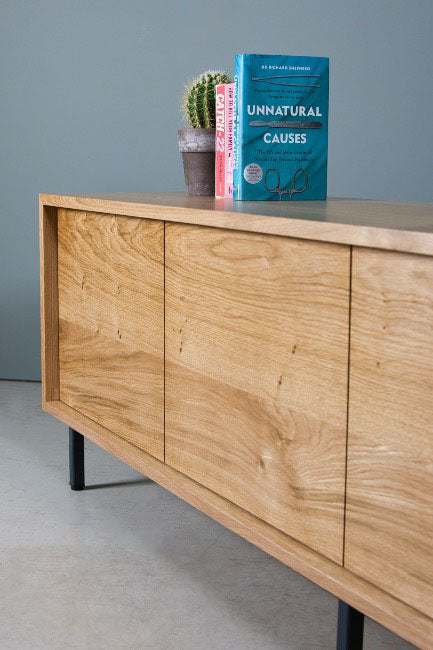
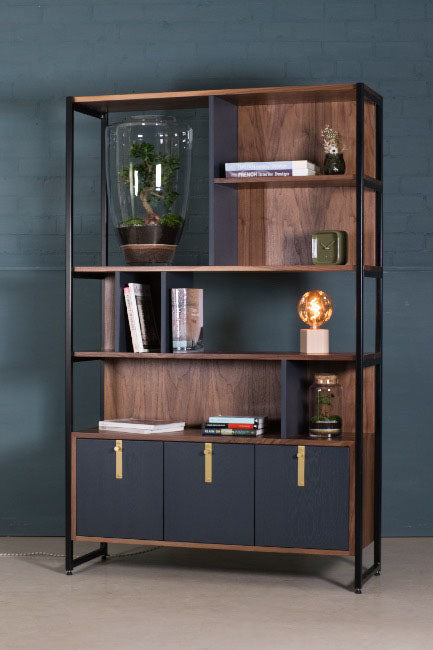
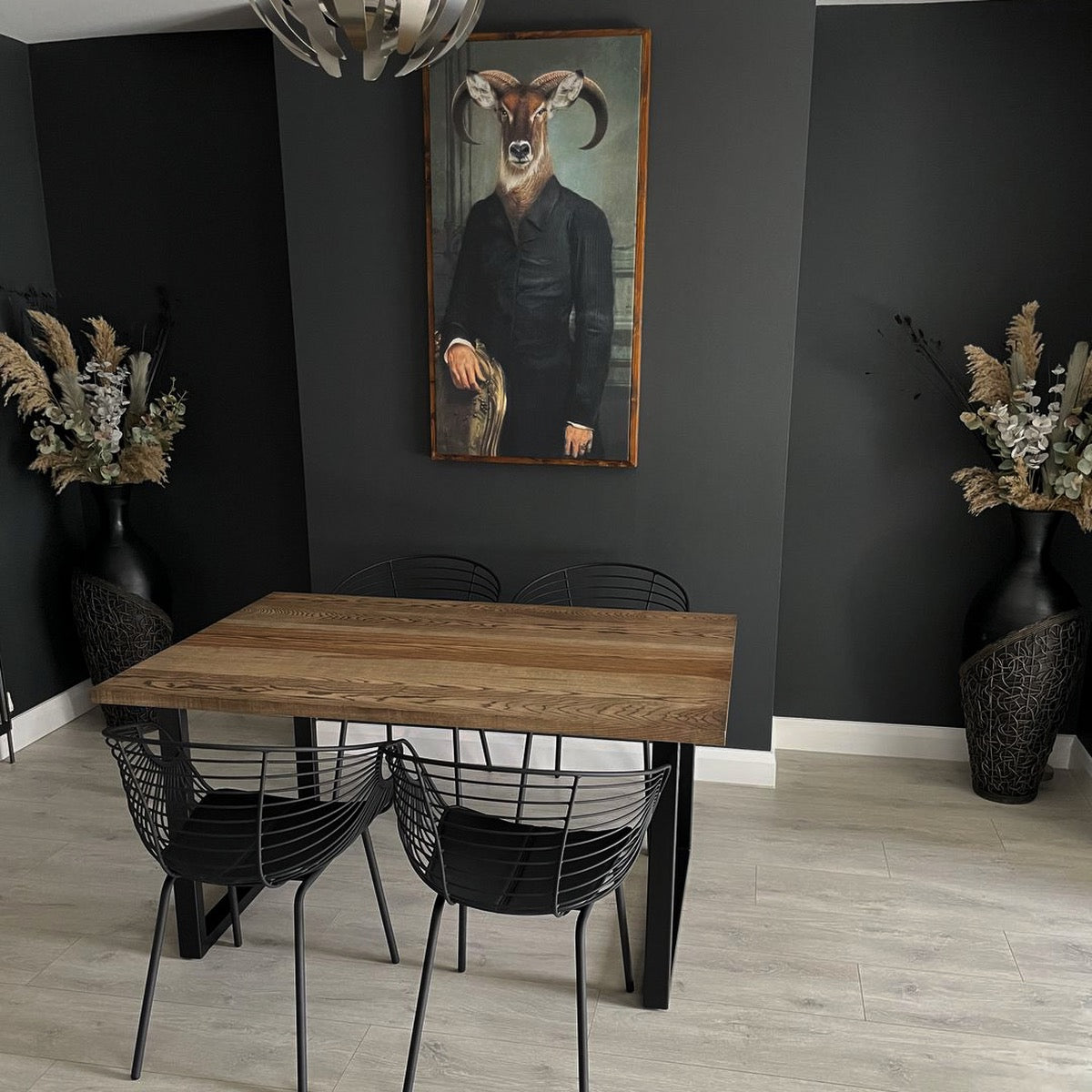

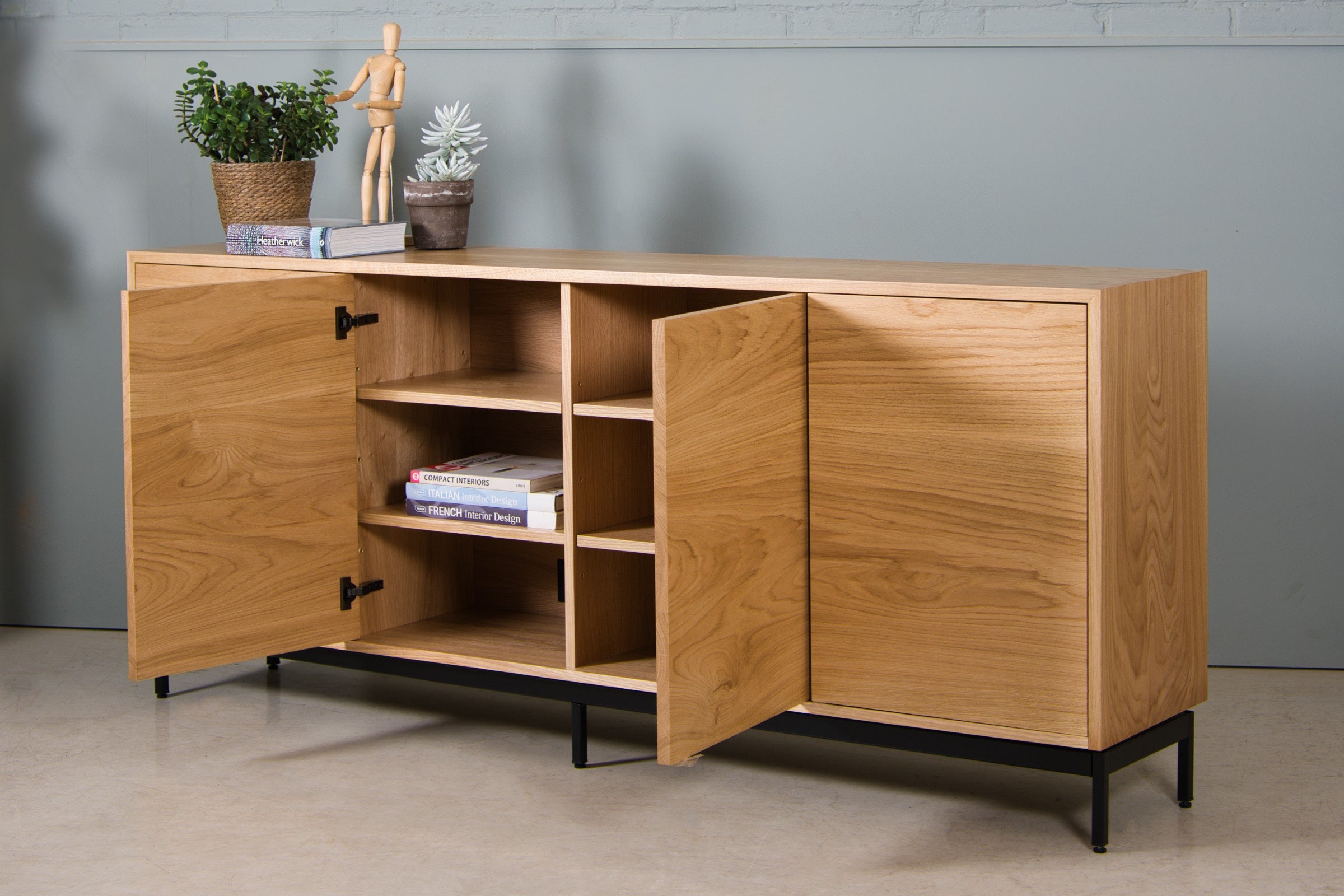
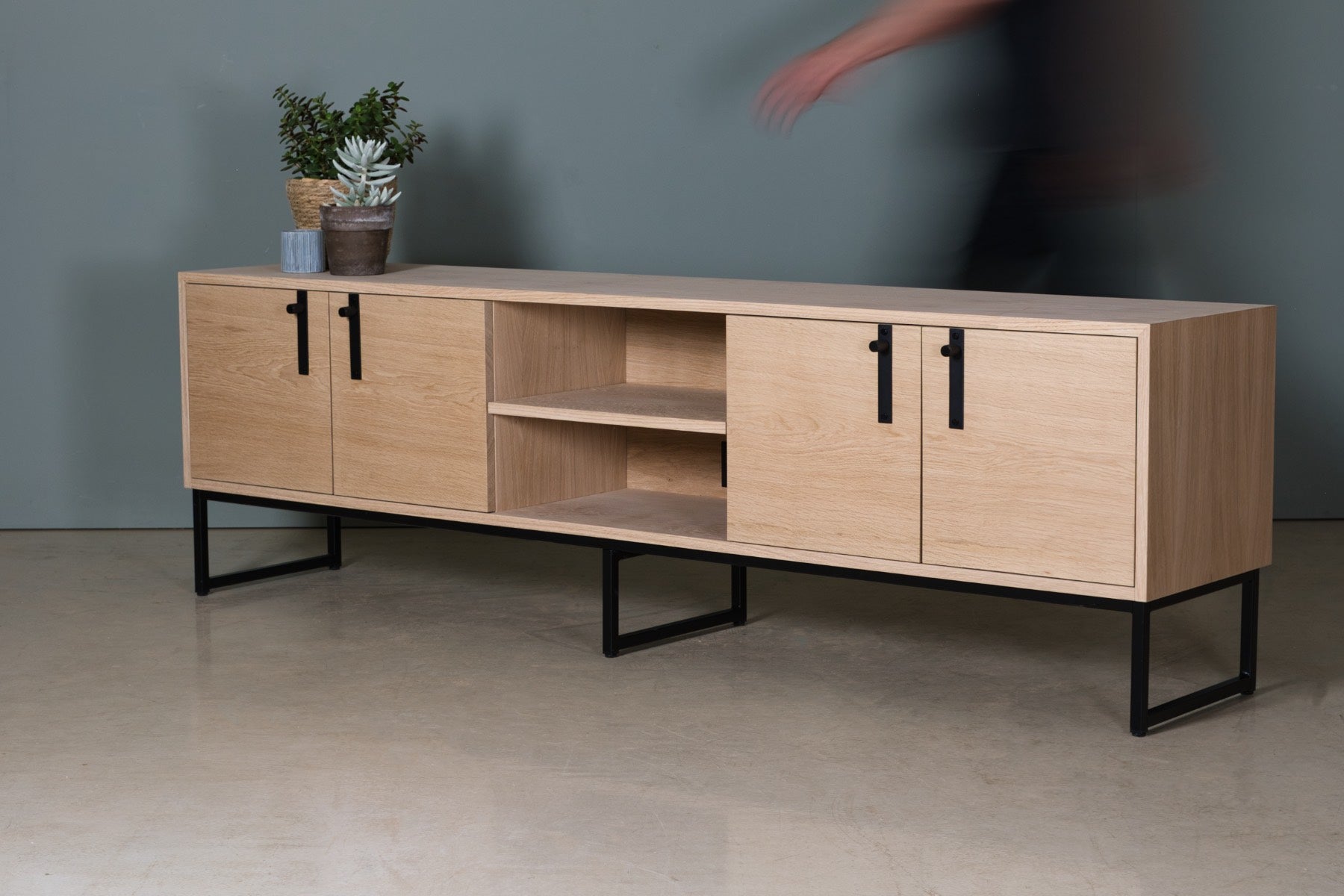
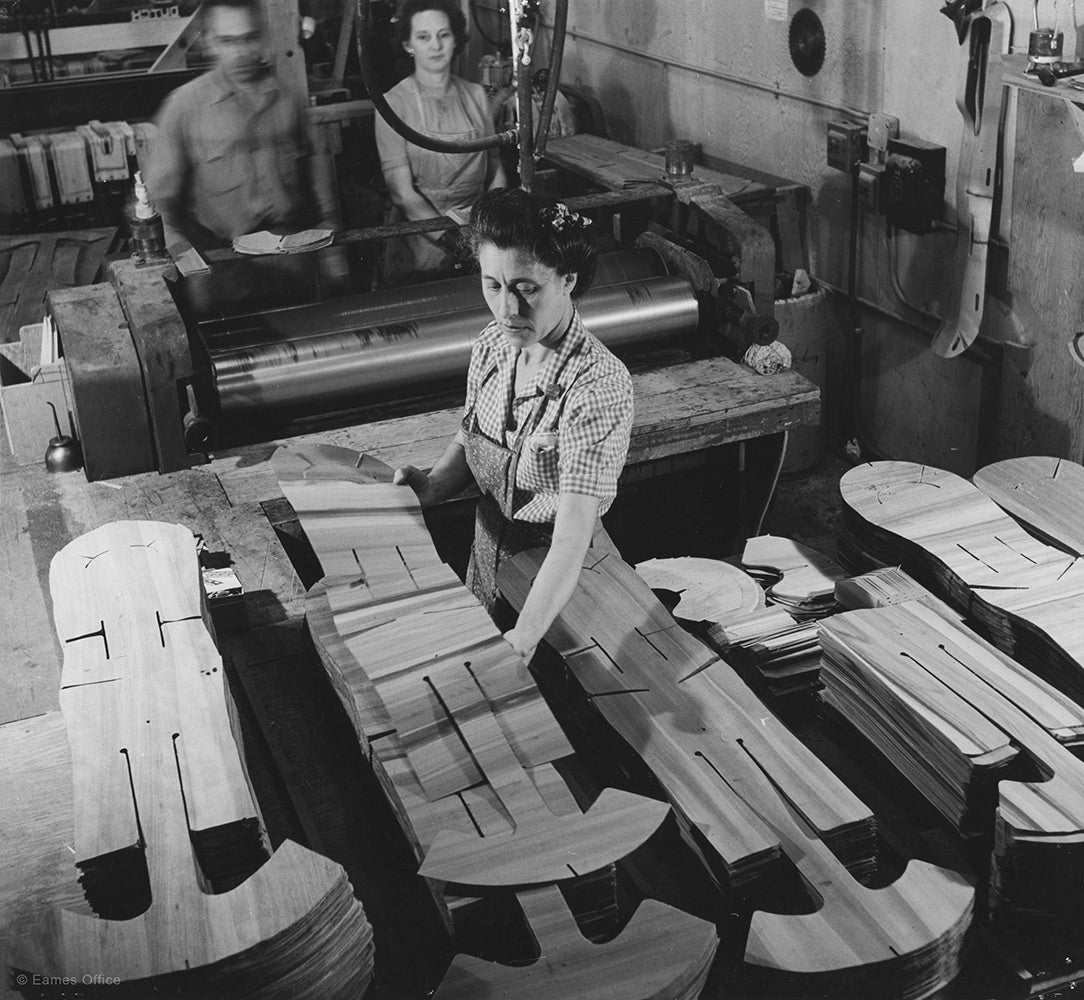
Leave a comment
This site is protected by hCaptcha and the hCaptcha Privacy Policy and Terms of Service apply.